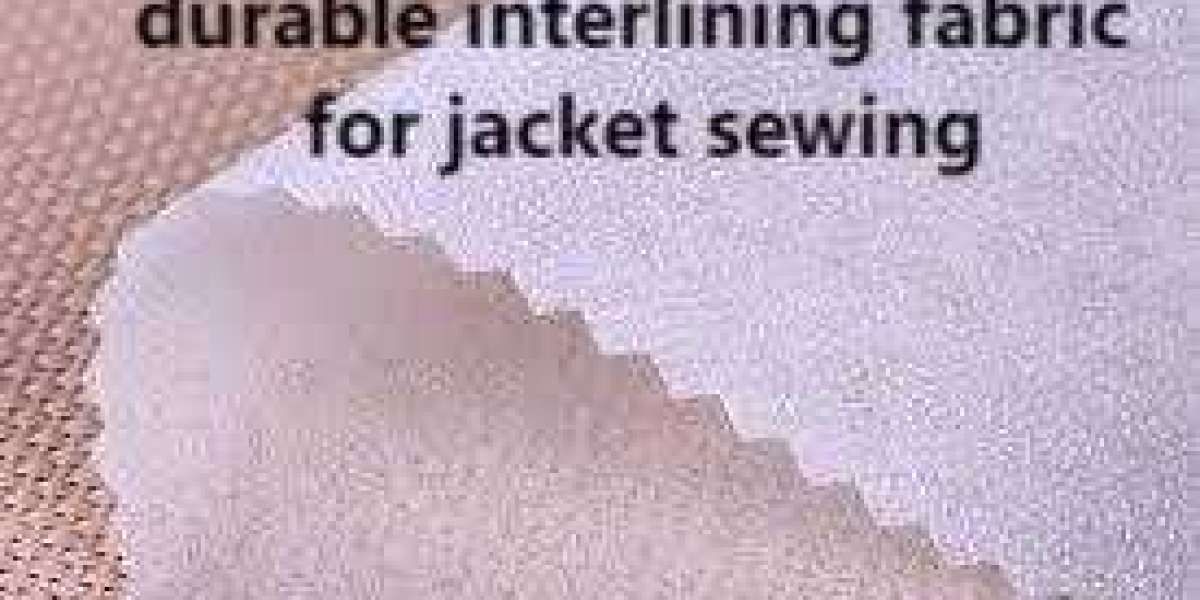The role of Interlining in the textile world is often underestimated, yet it serves as the backbone of garment structure and reliability. Whether in fashion apparel, accessories, or home furnishings, Interlining provides essential support that enables fabrics to perform their function while maintaining shape, comfort, and durability over time.
Enhancing Garment Form and Appearance
One of the most important purposes of reinforcement layers in textiles is to maintain the intended shape of clothing. Without it, fabrics would sag, wrinkle, or lose their elegance after minimal use. By adding a supportive layer, designers ensure their creations retain the desired look throughout the life of the garment.
Broad Use in Textile Products
Reinforcement layers extend beyond high-fashion apparel. They are equally vital in uniforms, outerwear, and lightweight garments. At the same time, home textiles such as curtains, upholstery, and cushions rely on them to maintain their form and withstand everyday wear. Accessories including hats, belts, and bags also benefit from structural support.
Technology and Innovation in Manufacturing
Recent developments in textile technology have modernized the production of reinforcing materials. Fusible innovations allow for faster application, while advances in nonwoven fabrics reduce bulk and weight without compromising reliability. These innovations enable manufacturers to meet the increasing demands for efficiency, comfort, and versatility.
Meeting Consumer Expectations
Today’s consumers expect clothing and textiles to be not only functional but also comfortable and long-lasting. Reinforcement layers contribute to all these aspects by improving garment performance, making clothing easier to care for, and supporting a polished appearance that endures through repeated use.
Commitment to Eco-Friendly Practices
Sustainability has become a critical aspect of the global textile industry. Manufacturers of reinforcement layers are adopting greener approaches, including recyclable fibers, energy-efficient production, and reduced waste methods. These practices not only benefit the environment but also align with customer expectations for responsible and ethical production.
Reinforcement materials may not be visible in the final garment, but they are crucial to the textile sector’s success. From fashion to household items, they quietly ensure quality and functionality. To explore detailed insights, applications, and industry perspectives, visit https://www.interlining-factory.com/news/what-is-interlining-types-applications-and-more.html








